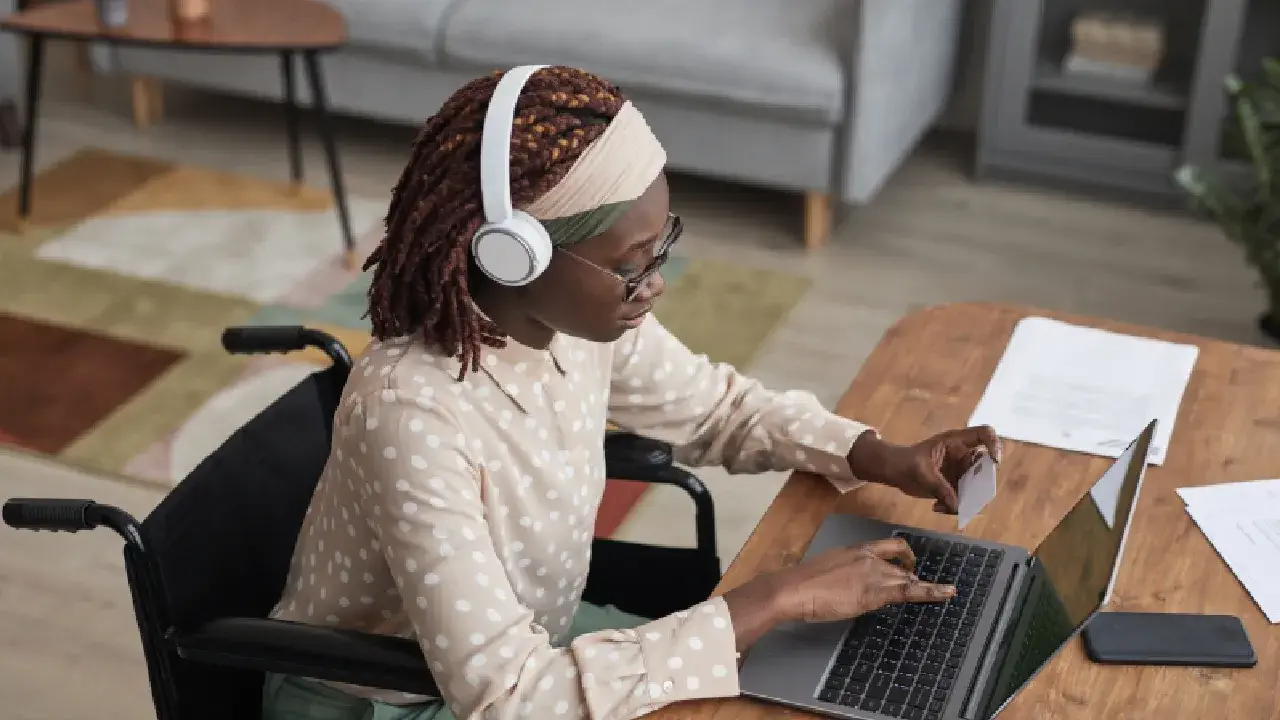
Accessibility in Web Design: A Win-Win for SEO and User Experience
In the ever-evolving landscape of web development, the intersection of design, user experience (UX), and search engine optimization (SEO) is a crucial space to explore. One aspect that often takes center stage in this convergence is accessibility. Far more than a compliance checkbox, designing for accessibility is a strategic decision that not only enhances inclusivity but also creates a win-win scenario for both user experience and SEO.
The Inclusive Design Imperative
Accessibility in web design is fundamentally about inclusivity. It ensures that individuals of all abilities can perceive, navigate, and interact with a website. From alt text for images to properly structured headings, these design considerations not only cater to users with disabilities but also contribute to an overall positive user experience.
When a website is designed with accessibility in mind, it becomes inherently user-friendly. Intuitive navigation, clear headings, and well-structured content benefit everyone, regardless of their abilities. This emphasis on inclusivity sets the stage for a positive user experience, laying the foundation for increased user engagement and satisfaction.
The SEO Boost
Now, how does accessibility tie into SEO? Search engines aim to provide the best possible results for users, and user experience is a significant factor in determining website rankings. Websites that are accessible and user-friendly are more likely to keep visitors engaged, reduce bounce rates, and increase the time users spend on the site—all of which are metrics that search engines consider when ranking pages.
Furthermore, many accessibility features align with SEO best practices. For instance, descriptive alt text not only makes images accessible to users with visual impairments but also provides search engines with valuable information about the content of the images. Semantic HTML, another accessibility consideration, helps search engines understand the structure and hierarchy of content on a page.
The Symbiotic Relationship
The relationship between accessibility, user experience, and SEO is symbiotic. When a website is accessible, it attracts a broader audience, reduces barriers to entry, and fosters a positive user experience. As users engage more with the site, search engines recognize its value, leading to improved rankings.
In turn, higher rankings mean increased visibility in search results, attracting even more users. This cycle continues, creating a positive feedback loop where accessibility enhancements benefit both users and a website’s search engine performance.
In the dynamic landscape of web design and SEO, accessibility emerges as a pivotal factor that bridges the gap between user experience and search engine rankings. By prioritizing inclusivity and designing with accessibility in mind, web developers not only create a more welcoming digital space but also unlock the potential for improved SEO performance. In essence, designing for accessibility is a strategic investment that yields a win-win outcome for both users and the website’s overall online presence.
